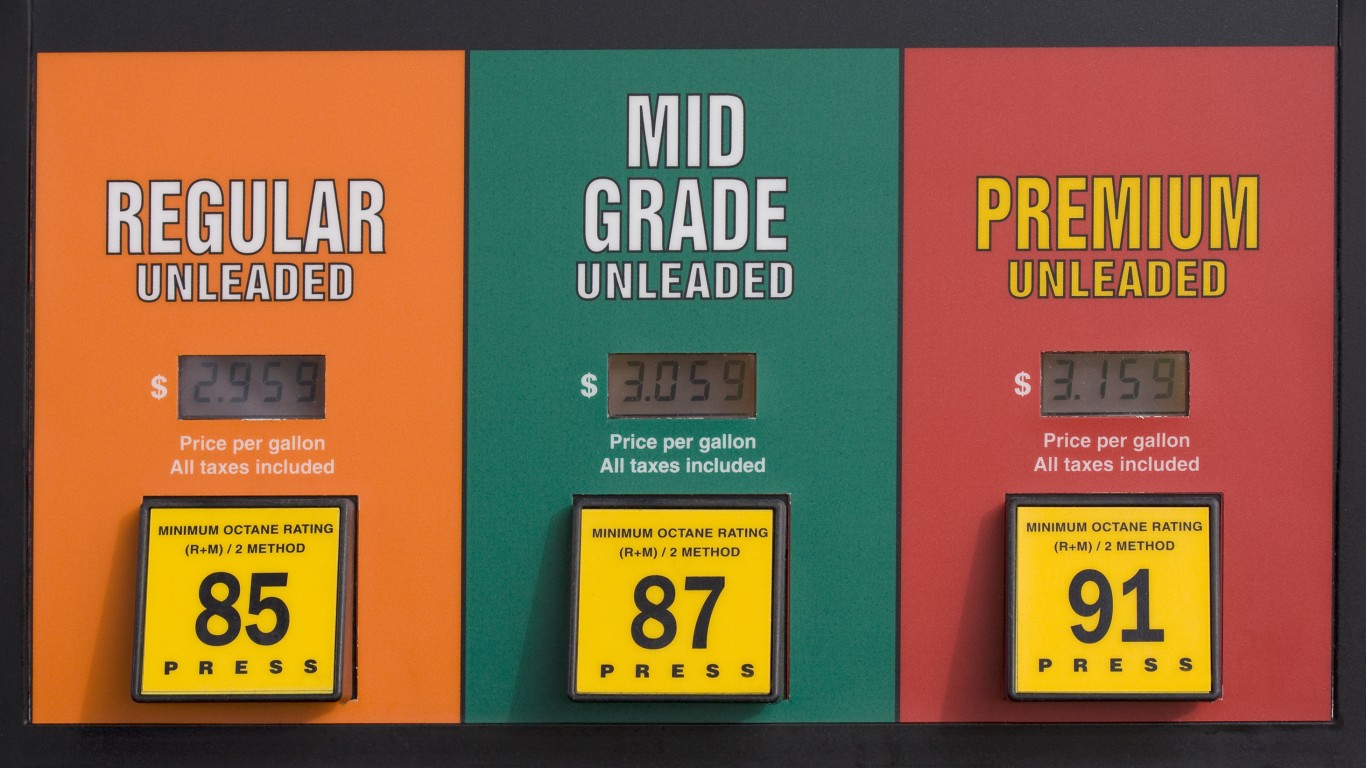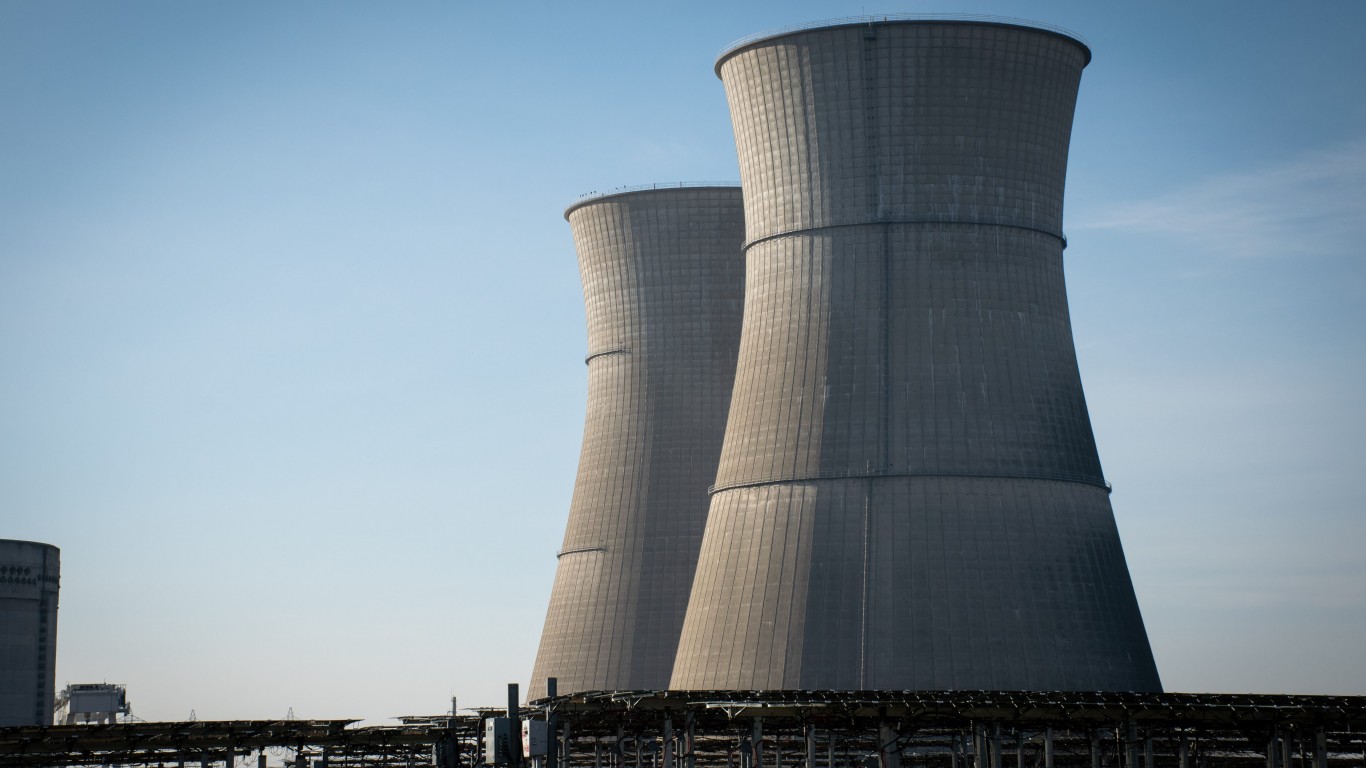
Demand for energy among emerging economies is forecast to grow by 45% by 2040, while remaining flat in developed countries. Overall demand will grow by 25%, and more than half of the world’s energy supply in 2040 (60%) will be met by oil and natural gas.
The forecasts come from Exxon Mobil Corp. (NYSE: XOM), which released the 2016 edition of its Energy Outlook Monday morning.
Nuclear power and renewables are expected to supply 25% of the world’s energy demands in 2040. Demand for coal to generate electricity is expected fall from about 40% in 2014 to 30% in 2040. Oil remains the single largest source of energy, supplying about a third of global demand, and natural gas ranks second.
Exxon’s vice-president of corporate strategic planning said:
Our forecast is used as a foundation for the company’s business strategies and to help guide multi-billion dollar investment decisions. For many years the outlook has taken into account policies established to reduce energy-related carbon dioxide emissions. The climate accord reached at the recent COP 21 conference in Paris set many new goals, and while many related policies are still emerging, the outlook continues to anticipate that such policies will increase the cost of carbon dioxide emissions over time.
Regarding increased carbon emissions, the report expects them to peak in around 2030 and then decline. Emissions from developed nations are expected to fall by 20% between 2014 and 2040. Exxon expects the carbon intensity of the global economy to be cut in half by 2040. The report noted:
Energy efficiency will play a huge role in slowing the growth in global demand, as energy use per unit of economic output is likely to fall by 40 percent.
Other key findings of the report include:
- North America is on track to become a net exporter of oil by about 2020.
- India will pass China as the world’s most populous country, and the two countries combined account for nearly half the projected global growth in demand.
- Demand for transportation fuel is expected to rise by 30%, almost all in developing countries.
- Sales of hybrid cars are forecast to rise from around 2% of all new cars sold in 2014 to more than 40% by 2040, and average fuel economy will rise from a current level of around 25 mpg to 45 mpg.
Just a quick flashback here. In last year’s Energy Outlook, Exxon estimated demand growth of 35% by 2040. Nuclear and renewables were estimated to supply 15% of total new demand, and sales of new hybrid cars were estimated to comprise about 50% of all new car sales.
The report says little about what price the world will be paying for the growth in oil demand. It does note, however, that an International Energy Agency (IEA) estimate of $750 billion in annual required upstream investment, fully 85% of that will be needed just to keep production at current levels.
In other words, sometime in the next 25 years, oil prices have no place to go but up. Partly that’s due to higher prices for carbon as world governments impose higher costs on carbon emissions, and partly it’s due to the massive cost of extracting oil from deep under the surface of the ocean, from frigid, harsh environments and from tiny pores in rocks buried thousands of feet underground.
The Outlook for Energy: A View to 2040 and additional data are available from Exxon Mobil.
Cash Back Credit Cards Have Never Been This Good
Credit card companies are at war, handing out free rewards and benefits to win the best customers. A good cash back card can be worth thousands of dollars a year in free money, not to mention other perks like travel, insurance, and access to fancy lounges. See our top picks for the best credit cards today. You won’t want to miss some of these offers.
Flywheel Publishing has partnered with CardRatings for our coverage of credit card products. Flywheel Publishing and CardRatings may receive a commission from card issuers.
Thank you for reading! Have some feedback for us?
Contact the 24/7 Wall St. editorial team.




